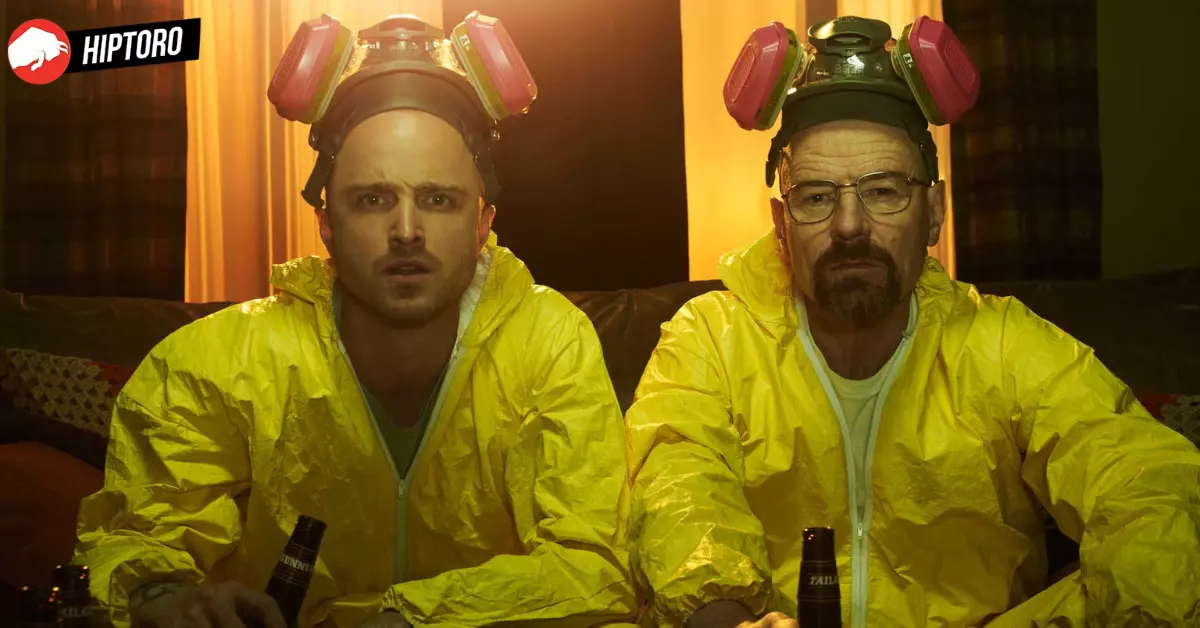The gripping narrative of Vince Gilligan’s “Breaking Bad” is not just a tale of a high school chemistry teacher turned methamphetamine kingpin. It’s also a fascinating look at the intersection of fiction and real-world science. While “Breaking Bad” seamlessly weaves chemistry into its storyline, it prompts a question: How much of Walter White’s science is grounded in reality?
Walter White’s Realm: Chemistry in Every Episode
It’s impossible to separate Walter White, played by Bryan Cranston, from his love and knowledge of chemistry. From the iconic blue meth to improvised explosives, Walter’s chemistry prowess is a driving force behind the series. His character’s transformation, from a demure teacher to the formidable Heisenberg is mirrored by the increasingly complex chemical reactions he undertakes.
The Methamphetamine Production: Fact vs. Fiction
Methamphetamine, commonly known as meth, is a powerful and highly addictive central nervous system stimulant. Its illicit production and distribution serve as the backbone of “Breaking Bad.” But how does the show’s portrayal of meth production stack up against real-world processes?
1. P2P Method: Walter starts his meth-making journey using the pseudoephedrine reduction method. However, due to pseudoephedrine’s regulated status, he soon shifts to the P2P (phenyl-2-propanone) method. This is a real method used in illicit meth production, where methylamine reacts with P2P in the presence of a reducing agent.
2. The Blue Meth: The show’s signature blue meth became a pop culture icon. In reality, pure methamphetamine is colorless. The blue hue, while it makes for compelling television, is scientifically improbable as a result of the described manufacturing process. It’s more of a branding gimmick by Walter than a mark of purity.
3. Safety Protocols: Walter and Jesse Pinkman, played by Aaron Paul, are often seen donning hazmat suits during cooking. This mirrors real-life requirements for handling toxic and reactive chemicals.
Chemistry Beyond Meth: Explosions, Poisons, and More
Walter White’s scientific expertise isn’t limited to meth production. His ability to manipulate chemicals to his advantage in various scenarios showcases the breadth of his knowledge.
1. Fulminated Mercury: In a memorable scene, Walter throws a crystal that causes a massive explosion. He later reveals it to be fulminated mercury, a highly sensitive explosive. While the explosion in the series is exaggerated for dramatic effect, fulminated mercury is indeed a real and very sensitive explosive.
2. Ricin: Walter’s use of ricin, a highly toxic protein, as a weapon of choice in several episodes, is grounded in reality. Derived from the seeds of the Ricinus communis plant, ricin disrupts cell functions and can be lethal even in minute amounts.
3. Hydrofluoric Acid: Walter and Jesse attempt to dispose of a body using hydrofluoric acid, expecting it to dissolve everything, including the bathtub. In reality, while hydrofluoric acid is incredibly corrosive and can dissolve tissue, it’s not the best choice for dissolving a body and certainly wouldn’t eat through a bathtub as depicted.
The Show’s Commitment to Authenticity
One of the reasons “Breaking Bad” resonates with fans, both from the scientific community and beyond, is its commitment to portraying science authentically. The show’s creators consulted with Dr. Donna Nelson, a professor of organic chemistry, to ensure that the chemical processes depicted were based on real science. While certain aspects were modified or exaggerated for narrative purposes, the foundation was largely accurate.
However, it’s crucial to note that “Breaking Bad” intentionally omits certain details or introduces inaccuracies to ensure viewers can’t replicate illegal activities. The series straddles the fine line between authenticity and responsibility.
“Breaking Bad” is more than just an exhilarating crime drama; it’s a masterclass in how to integrate real-world science into a compelling narrative. While the show takes liberties with some scientific details for the sake of drama, its dedication to grounding its story in real chemical processes sets it apart in the realm of television.
Walter White’s transformation from teacher to meth mogul is a journey through the world of chemistry, where fiction and reality collide in the most explosive ways. As viewers, while we’re captivated by the high-stakes drama, we’re also getting a fascinating, albeit dramatized, chemistry lesson.









